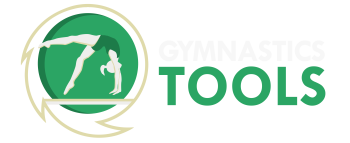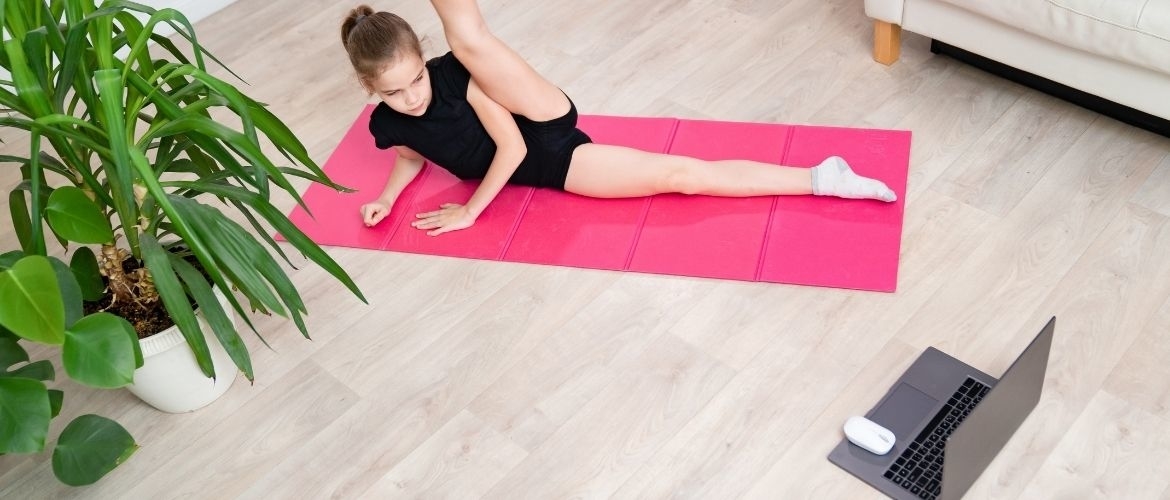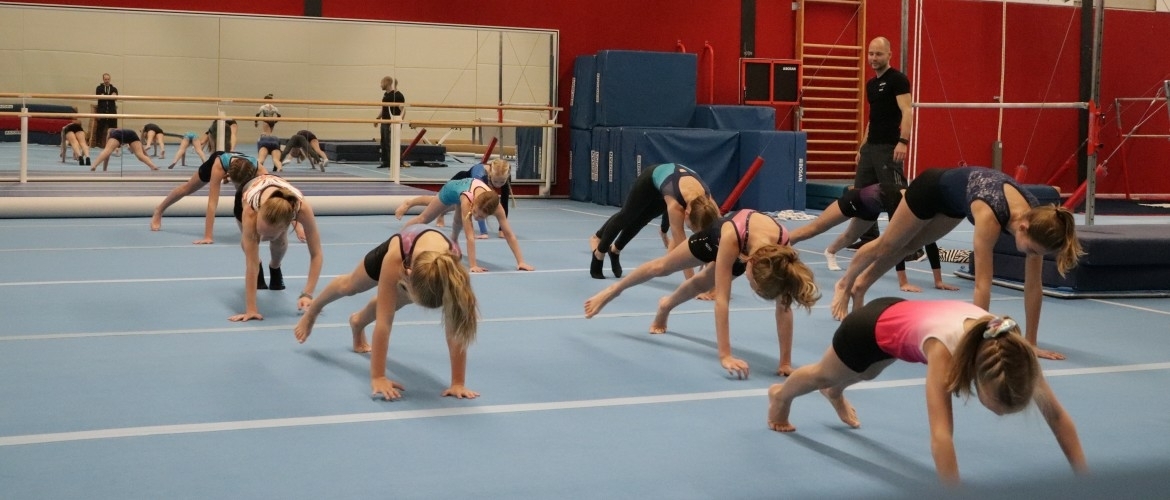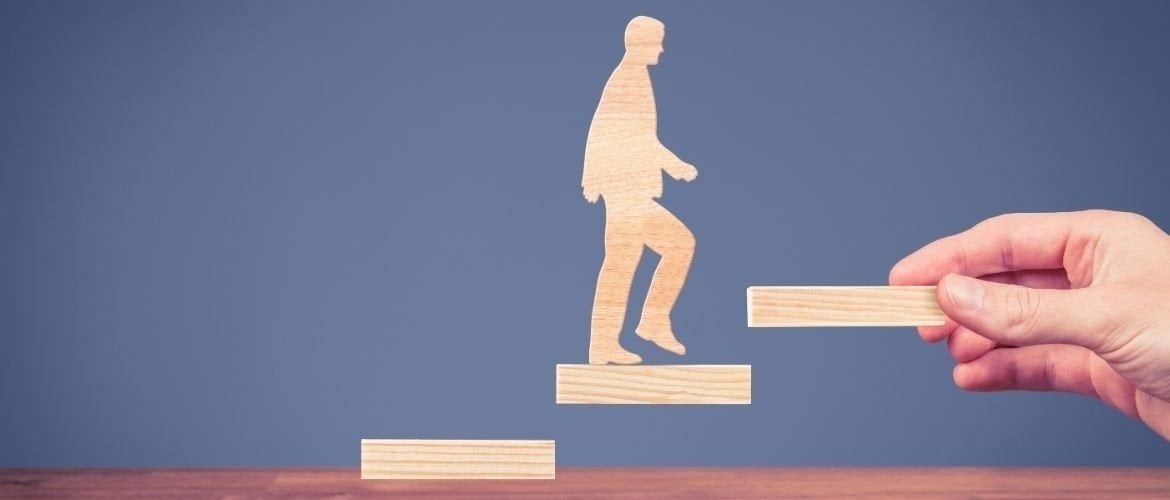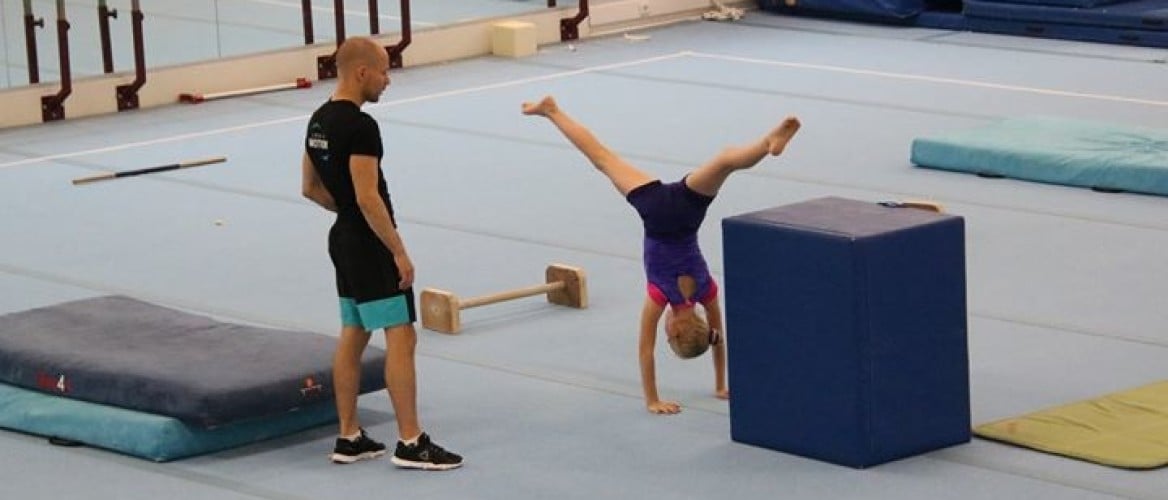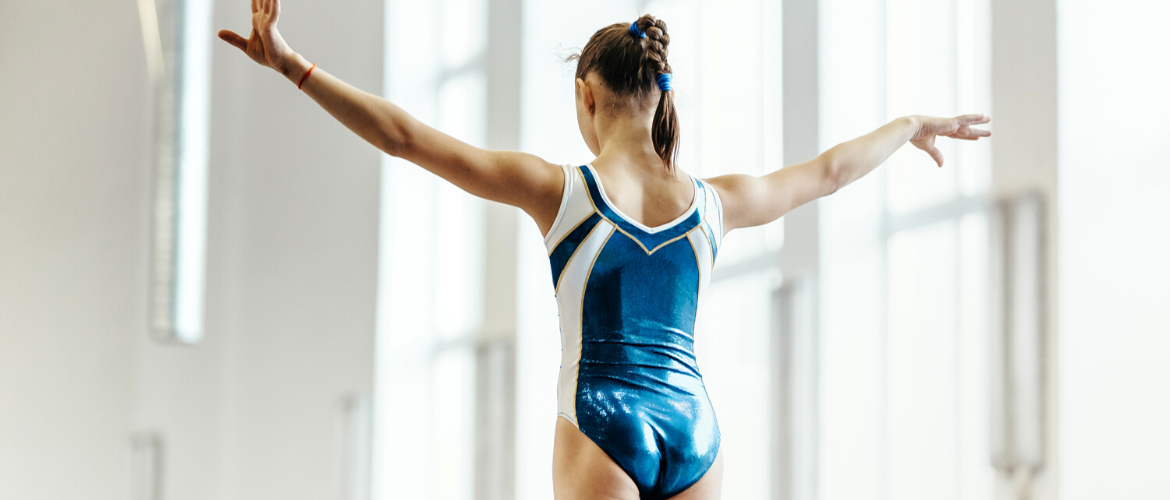Maybe you have heard of learning theories, maybe you have not. However, everyone, consciously or unconsciously, has to deal with these learning theories. This also applies to gymnastics. It is very interesting to know about these theories, but for me, it is even more important to know how to apply these theories in practice. Because knowledge is one thing, but applying it and using it with your athletes or using it yourself is of course what we want.

Classical conditioning
It may sound difficult, but the explanation will clarify a lot. When we think of classical conditioning, Pavlov and his dog experiment quickly spring to mind. Does this ring any bells? Pavlov discovered in his experiment that a dog drools when he gets a piece of meat. This behaviour was not taught to him, the dog did this of his own accord (perhaps we also do this when given a piece of steak). Pavlov then set off a buzzer each time the dog received a piece of meat. The dog knew that when the buzzer went off, he would get a piece of meat, so he drooled. At one point, the dog drooled only when the buzzer sounded, even though he did not get a piece of meat. Drooling at the buzzer is now a learned response of the dog, and a good example of classical conditioning learning theory.
Classical conditioning in gymnastics training
Of course, I started thinking about how we could work this out practically in the gymnasium (or at home at the moment), because of course we don’t work with dogs there ;-). Perhaps we can make it our own experiment. I would like to make the strength training sessions more fun for the gymnasts. If every gymnast could determine his/her own ‘incentive’ that would get them super motivated. Certain music, a picture of a sports hero or role model, mum or dad coming to watch or maybe even join in…. (can come in handy now that we’re sitting at home!). And if we combine this incentive with strength training, would the gymnasts become more motivated? And if we remove the incentive after a while, would the motivation remain? In this way, we could apply the learning theory of classical conditioning to gymnastics.
Operative conditioning
The second form of conditioning is operant conditioning, a theory mainly developed by Skinner. Not all behavior is learned passively, as above. Behavior can also be learned spontaneously or actively. In gymnastics, we often see this by means of rewards or punishments. If a gymnast is often rewarded for a specific position or technique, he or she will perform this technique more often. The gymnast creates a link between a stimulus and a response.
We can also use punishment to get rid of certain behaviors. However, since punishment can have negative side effects, it is better to work with rewards. In the literature, variable rewards are also mentioned. This means that you do not always reward or make the steps bigger before rewarding. Variable rewarding keeps the behavior going longer and prevents it from ‘fading out’ (it no longer works). Perhaps a good tip to apply in the hall; do not reward too much and prevent it from no longer having any effect. Think about it, how do you reward your gymnasts? How often do you do this? And do you sometimes punish? And for the gymnasts themselves, do you ever reward yourself? In what way do you do this?
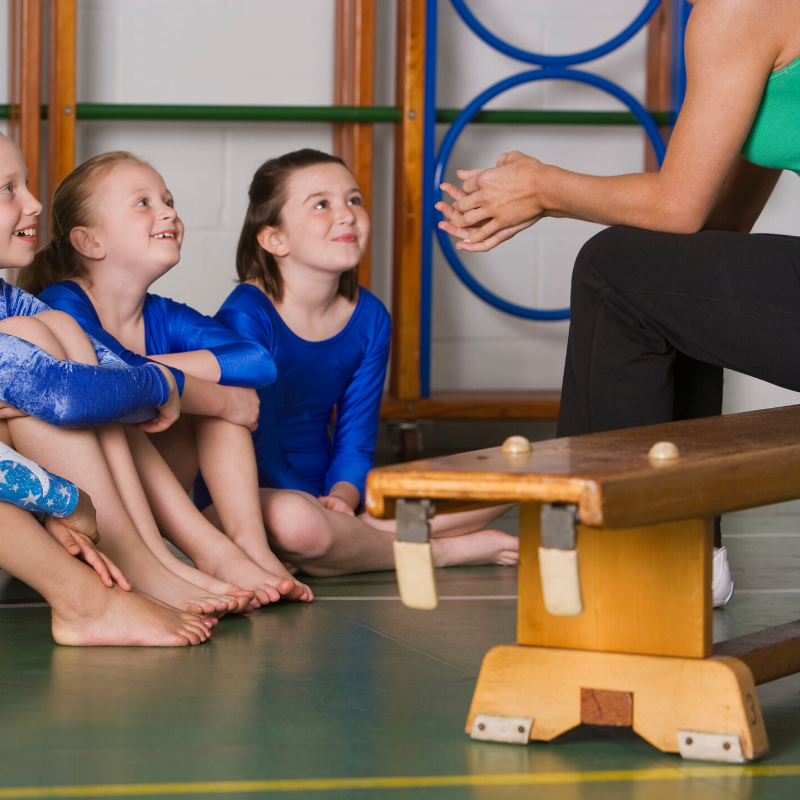
Social learning
Social learning is one of the learning theories that can be very useful and important in this period. We are still at home and cannot enter the gym yet. This means that gymnasts cannot get direct feedback or rewards from the trainer. However, gymnasts can also learn something without action or reward. By observing others or by recording verbal instructions, a gymnast can learn elements or techniques not yet performed. Following your favorite gymnast on social media can be an example of this. How does he/she perform the element? What happens to the body? What do you notice? A second example is making your own instruction or video. How do you want the gymnasts to perform the elements? What do they have to pay attention to?
I myself use WinnerCam, a video analysis system where gymnasts can record videos in their own garden/house which are automatically uploaded to their own Cloud. As a coach, I can watch the videos from my coach account and give feedback (both voice and analysis feedback by drawing lines and angles). Very handy!
Other learning theories
In addition to the above learning theories, there are also cognitive learning theories. However, I will not go into this in this blog. Hopefully, after reading my previous blog, you were able to set some goals. What actions could you take after reading this blog? Good luck with the implementation!
Do you want to see more drills? Then watch our YouTube Channel!
On this platform you can become a Premium Member and get access to 2500 exclusive drills & exercises videos for gymnastics coaches.
